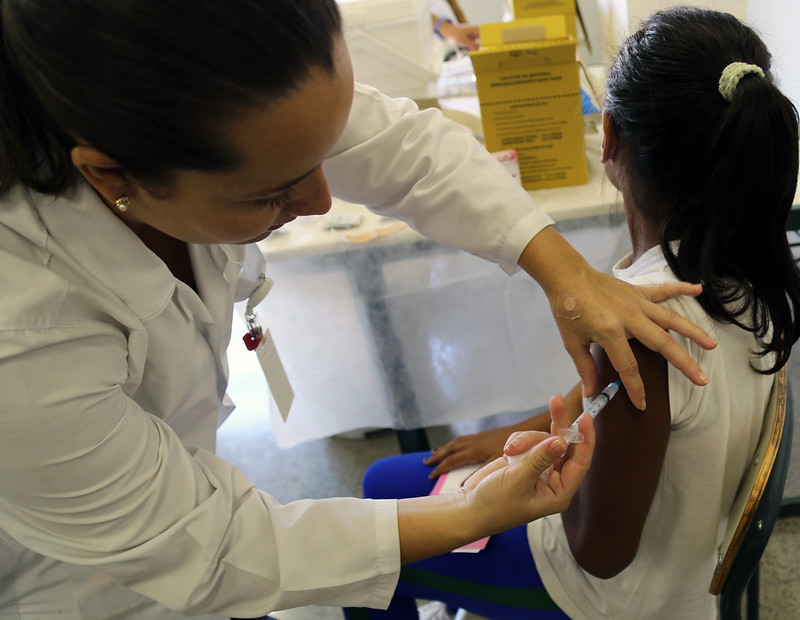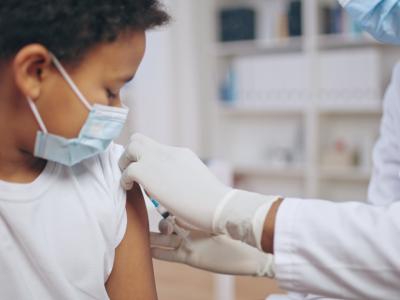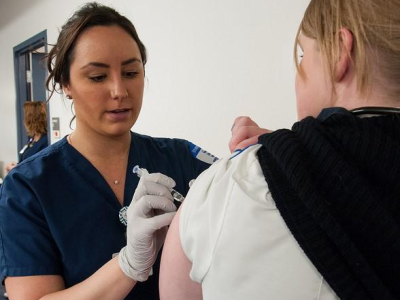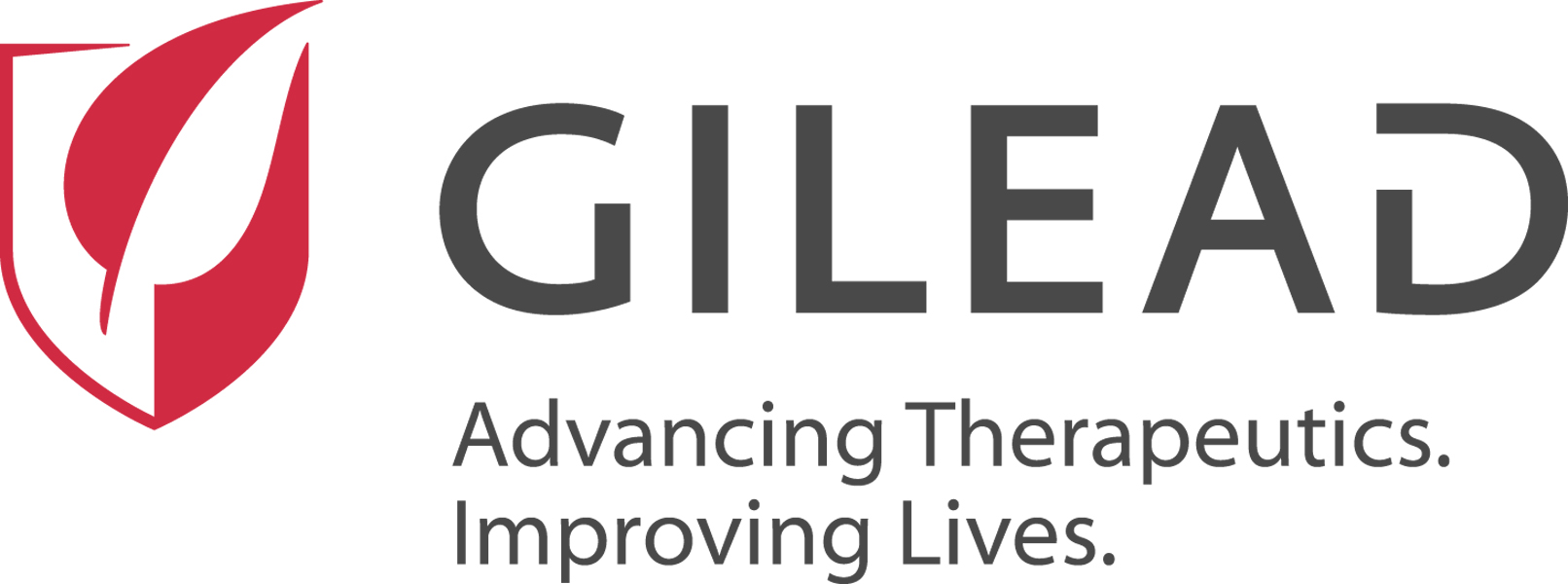- In its latest data updates today the US Centers for Disease Control and Prevention (CDC) reported further rises in some COVID-19 indicators from very low levels, including test positivity, which rose slightly, from 8.6% to 8.9% over the past week. Positivity was higher in some regions, at 12.5% in the Southwest, 11.8% in Texas and surrounding states, and 10% in the Northwest. Meanwhile, emergency department (ED) visits for COVID rose 12.4% from the previous week. The CDC said ED visits rose for all age-groups. Mississippi reported a substantial increase in ED visits, with Texas and Louisiana reporting moderate increases.
- AstraZeneca today announced the launch of FluMist Home, the first at-home delivery of its inhaled flu vaccine, which can now be self-administered by adults ages 18 to 49 years old or by a parent or caregiver to children ages 2 to 17 years old. In a press release, the company said adults can order the vaccine online, where they will fill out a medical screening questionnaire. Once a licensed healthcare provider approved medical eligibility and insurance is verified, FluMist is prescribed and shipped to the consumer’s home on the selected date. The at-home option is available in 34 states for the upcoming flu season. The US Food and Drug Administration (FDA) approved self- or caregiver-administered FluMist in September 2024, making it the first flu vaccine that doesn’t have to be administered by a healthcare provider. The vaccine is still available at doctor's offices.
- Four countries reported more polio cases this week, including Pakistan with another wild poliovirus type 1 (WPV1), case, the Global Polio Eradication Initiative (GPEI) said in its latest weekly update. Pakistan is one of two countries in which WPV1 is still endemic, and the latest case lifts the country's total for the year to 19. Three countries reported more circulating vaccine-derived poliovirus type 2 (cVDPV2) cases. Ethiopia confirmed six cases, including four from Oromiya, bringing its total to 40. Nigeria reported one case in Sokoto, lifting its total to 23. And Yemen recorded 46 cases in 10 governorates, but only 4 are from 2025, which make 16 for the year. In other developments, Israel reported three more wastewater detections of circulating vaccine-derived poliovirus type 1 (cVDPV1), two from Center and one from Jerusalem.
Quick takes: US COVID rise, at-home FluMist launch, polio in 4 countries
CDC data show uptick in some teen vaccine coverage

New survey data from the Centers for Disease Control and Prevention (CDC) shows that uptake of two vaccines routinely recommended for teens increased last year, while coverage with another recommended shot remained flat.
The data from the 2024 National Immunization Survey-Teen, published yesterday in Morbidity and Mortality Weekly Report, show that, among 16,325 US adolescents aged 13 to 17 years, coverage with more than one dose of the tetanus, diphtheria, and acellular pertussis (Tdap) vaccine increased from 89.0% in 2023 to 91.3% in 2024. Coverage with one or more dose of the quadrivalent (four-strain) meningococcal conjugate vaccine (MenACWY) rose from 88.4% to 90.1%.
Coverage with one or more Tdap dose was 90% or higher in 39 states, while coverage with one or more MenACWY dose was 90% or higher in 30 states. The survey also found that coverage with other recommended and catch-up vaccines increased in 2024, including the meningococcal group B vaccine (up 4.5 percentage point among 17-year-olds); the measles, mumps, and rubella vaccine (a 1.3-percentage-point increase in 13- to 17-year-olds with 2 or more doses); and the hepatitis B vaccine (a 1.3-percentage-point increase in teens with 3 or more doses).
"These findings highlight progress in public health activities to improve vaccination coverage," CDC researchers wrote.
Uptake of HPV vaccine stalled
Human papillomavirus (HPV) vaccine coverage among teens remained unchanged for the third straight year, however, with 78.2% having received one or more doses and 62.9% reporting they were up to date with the HPV vaccine. Coverage with one or more HPV vaccine doses was 80% or higher in 26 states and the District of Columbia.
The researchers also noted that, for the previous 9 years, HPV vaccine coverage has been lower among teens living in mostly rural areas compared with those in mostly urban areas. In addition, teens living in mostly rural areas were less likely than those in mostly urban areas to receive an HPV vaccine recommendation from a provider.
"Using these insights, health departments can work with health care providers and communities to improve local vaccine access and increase adolescent vaccination coverage," the authors wrote.










